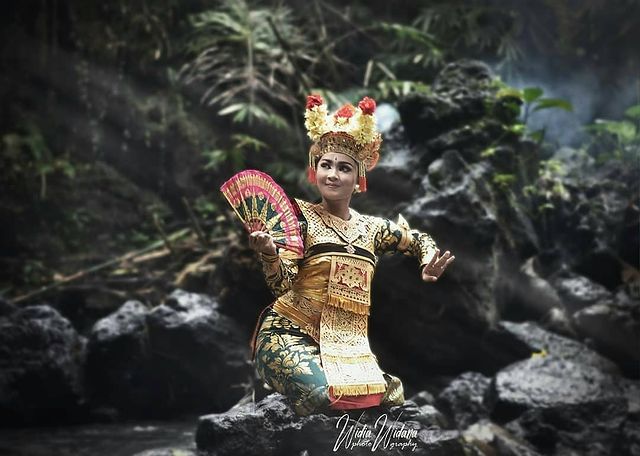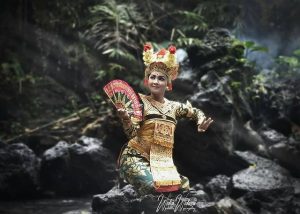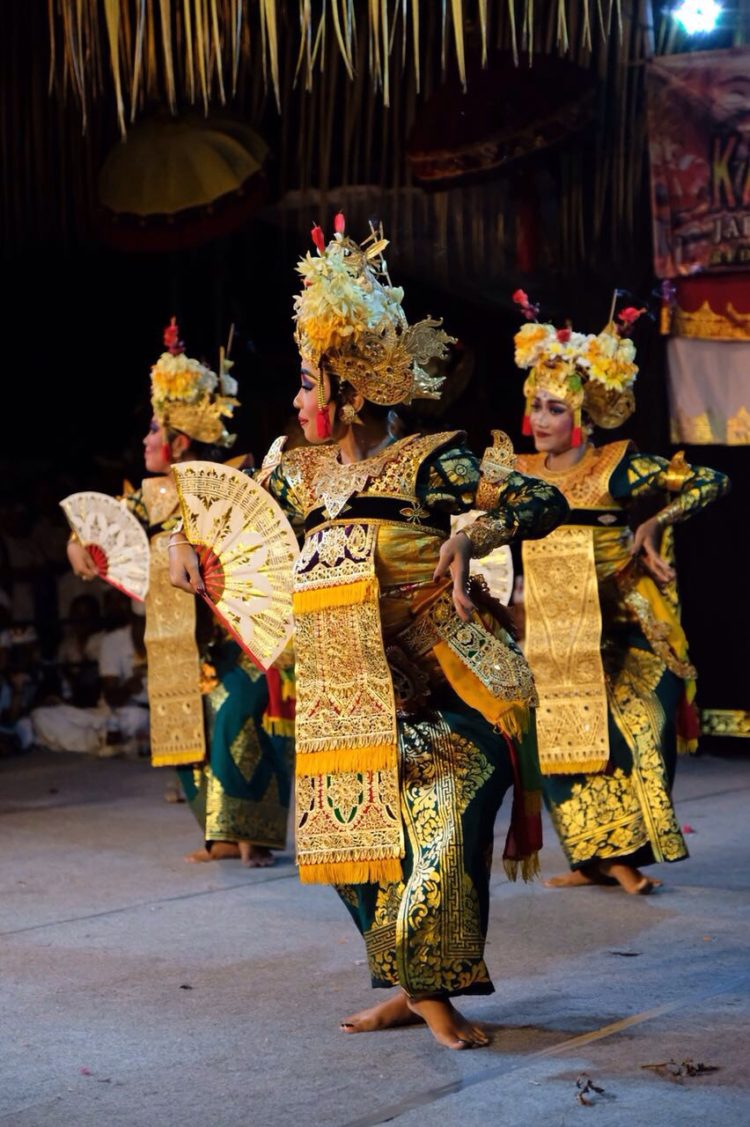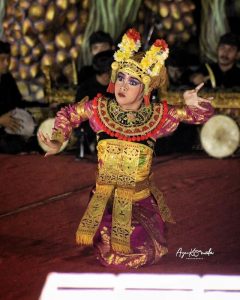
Legong Dance, Balinese Traditional Dance
Table of Contents

Visa Bali Info – Legong Dance, Balinese Traditional Dance
The island of Bali or commonly known as the Island of the Gods, has a lot of tourism potential, both natural tourism and traditional and cultural tourism.
Natural tourism in the form of beautiful beaches, mountains and clear rice fields no longer needs to be doubted.
As for culture, Bali has a type of art that is no less interesting than its beauty. Like the art of regional dance that was born in this land of the Gods.
Legong Dance is one of them, a dance that has not been eroded by the development of this era because it is often performed to welcome guests who come to Bali.
Balinese Legong Dance
Legong dance is a traditional Balinese dance that has complex movements in the form of a combination of dancer’s movements accompanied by traditional Balinese gamelan music.
Legong dance comes from the Balinese language, namely “leg” which means a flexible dance movement and the word “gong” is taken from elements of traditional gamelan musical instruments.
Legong dance can be interpreted as a dance whose movements are tied to the gamelan or accompanying music.

A Brief History of Legong Dance
In the second half of the 18th century, it is said that this dance was born from a royal prince. This prince named Sukawati had a dream when he was sick.
Prince Sukawati saw 2 women dancing very gracefully to the accompaniment of traditional Balinese gamelan music while in his dream.
After recovering, the prince illustrated the movements and music to the choreography led by the traditional leader.
It was from this choreographer that it was taught to women in the kingdom. From this event, the very sacred legong dance which is known today was born.
From the palace, this dance was delivered by several dance teachers from various villages, such as the villages of Saba, Bedulu, Peliatan, Clandis and Sukawati.
And then this dance also developed into a dance in religious events or animist beliefs. Legong dance also cannot be separated from the culture of Hindu Palace and Hindu Dharma.
Legong Dance Movement

Legong dance has 3 basic movements which have several elements derived from the gambuh dance. These 3 basic movements include.
1. Religion
The basic movements of dancers who play various characters. In carrying out this movement, dancers are required to be able to portray the characters in the dance story being carried.
2. Away
The dance movement is in the form of how to walk and move where the female legong dancer must walk and move according to the gambuh accompaniment. These movements include ngelikas, ngeleog, nyelendo, nyeregseg, far away nayog, away for niltil, nayuh, and agem nyamir.
3. Capture
The basic movements that come from facial expressions when the dancer plays the fan while dancing, include:
- Eye Movement: Dedeling and Manis carengu
- Neck Movement: Gulu Wangsul, Scraping Leaves, Ngilen, Ngeliet, and Scramble Shoulders
- Movement of the Fingers: Nyeliring, Passion, and Nredeh
- Movement When Holding a Fan: Annoying, Nyekel, and Ngaliput
Legong dance accompaniment

In the performance, the dancers of the legong dance will be accompanied by original Balinese gamelan music, namely gamelan semar pagulingan. Various instruments complement each other in harmonization according to the standard in dance performances, including elements of good and correct witama, wiraga and wirasa.
Clothing and Property for Legong Dance
Legong dancers will wear Balinese traditional clothing complete with accessories and knick-knacks, especially fans as the identity of the legong dance.
Legong dancers also wear costumes and make-up. The colors of the dance clothes they wear are very distinctive, namely red, yellow and purple, as well as an elongated flower arrangement near the crown.
While the mandatory makeup worn by dancers is rocking flowers and jasmine which are placed on the head.
Legong Dance in Its Development
There was a decline in interest in the 19th century due to pressure from the Dutch colonial government at that time.
However, many Balinese artists have reconstructed this dance by adding several movements to the legong dance.
With the aim that this dance is more interesting to watch but does not let go of the elements of the original dance.
So that in 2015 the legong dance also received an award from UNESCO as an intangible cultural heritage.
We hope that our review above can provide information about dance in Bali, especially the Legong dance
The Best Visa Agency in Bali – www.visa4bali.com
Experienced specialists managing the entire application process from start to finish !





